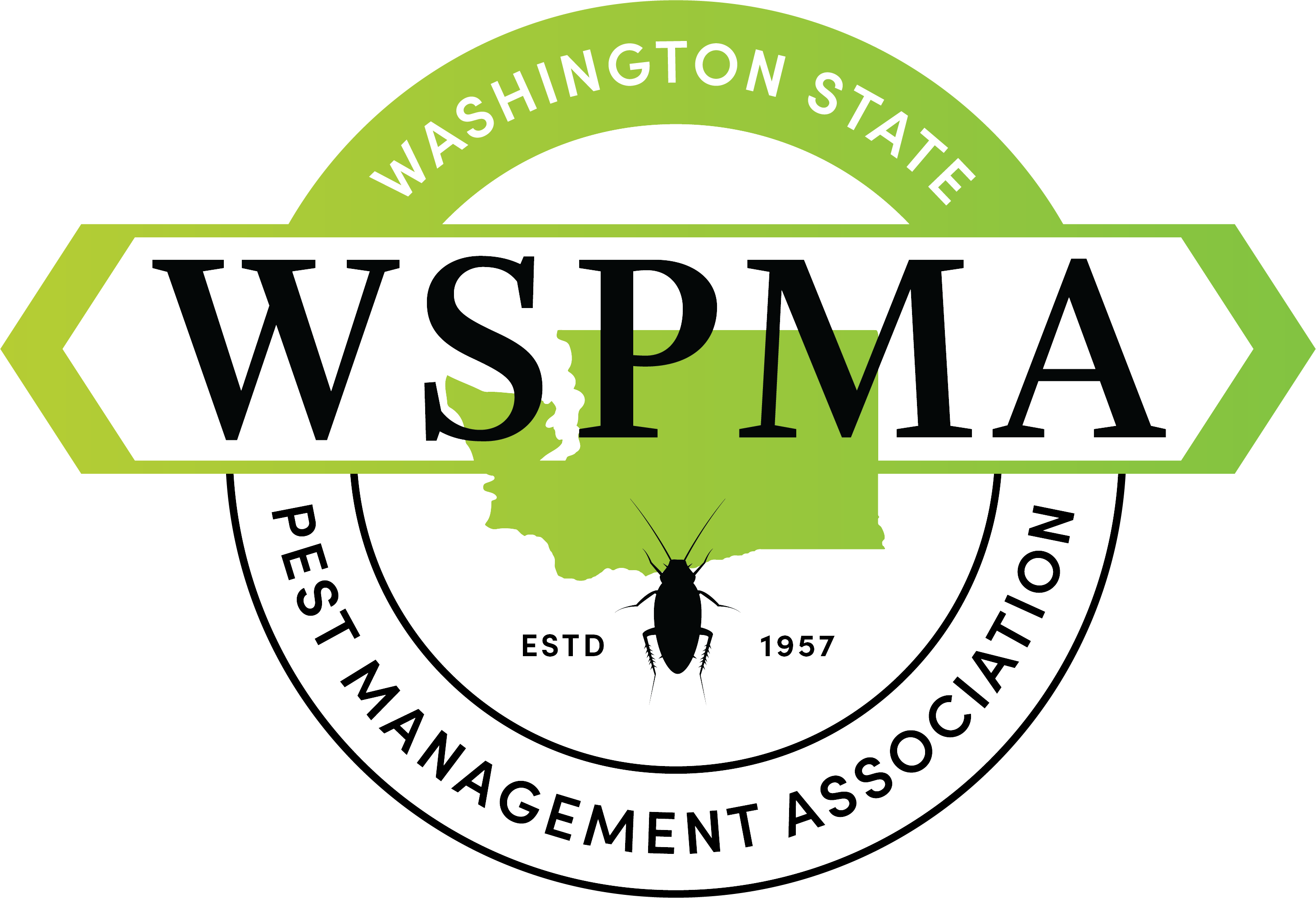Complete Story
02/10/2025
Washington Pesticide Applicators: Direct Supervision Rules for Structural Applications
Government Affairs
The Washington State Department of Agriculture (WSDA) is implementing changes to its rules regarding pesticide application, impacting commercial pesticide operators and pest management businesses across the state. This series will delve into these specific some old rules and the new rule changes, providing clear explanations and practical advice to ensure compliance. This month, we're focusing on a critical concept: Direct Supervision, specifically as it applies to structural pesticide applications.
One of the most important aspects of responsible pesticide application is proper oversight. The WSDA rules address this through the concept of "direct supervision," which has different meanings depending on the type of applicator. This post focuses on the requirements for commercial applicators, with specific examples related to structural pest control.
Direct Supervision for Commercial Applicators (Structural Applications): What Does It Mean?
For all certified applicators (including commercial applicators), direct supervision means direct on-the-job supervision and requires that the certified applicator be physically present at the application site. The person making the application must be in voice and visual contact with the certified applicator at all times during the application.
Let's break down what this means for structural pest control:
- Physically Present: The supervisor needs to be on-site at the structure being treated. They can't be at the office or another job site. They need to be in “visual contact with the applicator at all times” to the applicator within the structure.
- Voice and Visual Contact: This is crucial, and often the source of confusion. It means:
- Voice Contact: The certified applicator and the technician applying the pesticide must be able to communicate verbally in real-time. This could be face-to-face, via two-way radios, or other means of immediate communication. . The certified applicator must be able to provide specific instructions related to the treatment of the specific area, ask about observed conditions, and the applicator must be able to provide feedback.
- Visual Contact: The certified applicator must be able to directly observe the technician applying the pesticide. This means seeing what they are doing, how they are applying the pesticide, and if any problems arise. For structural applications, this might mean observing the technician treating a specific crack, crevice, or void.
Practical Examples for Structural Pesticide Applications:
- Acceptable: A certified applicator is on-site at a house, overseeing a technician treating a termite infestation. The applicator is working alongside the technician, observing the treatment of specific areas, discussing the treatment plan, and available to answer questions immediately. They move together within the house, observing each other's work.
- Unacceptable: A certified applicator drops off a technician at a commercial building and tells them to call when they're done. Even if the applicator is nearby, this does not meet the requirements for voice and visual contact during the application.
- Unacceptable: A certified applicator is in their truck while a technician is treating the interior of a restaurant. Even if the truck is parked outside the restaurant, this does not constitute being "physically present" for the purposes of direct supervision.
Why This Matters (and Why We're Focusing on It)
These rules are in place to protect our environment and ensure the safe and effective use of pesticides. Direct supervision is a cornerstone of this safety, especially for structural applications where treatments can occur in close proximity to people and pets. Getting this right is crucial for compliance, for minimizing risks, and for maintaining the professionalism of the pest management industry.
Staying Compliant: Key Takeaways for Part 1 (Structural Focus)
- On-site presence is essential: The certified applicator must be physically present at the structure being treated.
- Real-time communication: Voice contact means immediate, two-way communication during the application.
- Direct observation: Visual contact means being able to observe the application process.,
- Plan ahead: Schedule and allocate supervisory resources appropriately to ensure compliance. Consider the complexity and size of the job when determining the level of supervision needed.
Stay tuned for Part 2 of this series next month, where we'll explore another important aspect of the WSDA's updated pesticide regulations. We'll break it down, explain what it means for you, and give you practical tips for staying compliant.
Disclaimer
This blog post is for informational purposes only and does not constitute legal advice. The Washington State Pest Management Association (WSPMA) makes no guarantees regarding the accuracy, completeness, or reliability of the information provided. Reliance on this content is at your own risk.
The information reflects Washington State Department of Agriculture (WSDA) regulations as understood at the time of publication. Regulations may change, and interpretations may vary. Always consult WSDA resources and legal counsel for compliance guidance.
WSPMA is not liable for any loss or damage arising from the use of this post. External links are provided for convenience; WSPMA does not control or endorse their content.
We strive to keep this post current, but WSPMA is not responsible for temporary unavailability due to technical issues.

